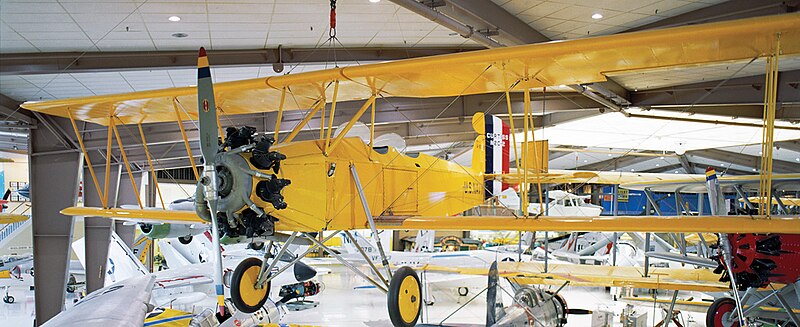|
تضامنًا مع حق الشعب الفلسطيني |
ملف:Curtiss N2C-2 Naval Aviation Museum.jpg
اذهب إلى التنقل
اذهب إلى البحث

حجم هذه المعاينة: 800 × 327 بكسل. البعدان الآخران: 320 × 131 بكسل | 1٬069 × 437 بكسل.
الملف الأصلي (1٬069 × 437 بكسل حجم الملف: 274 كيلوبايت، نوع MIME: image/jpeg)
تاريخ الملف
اضغط على زمن/تاريخ لرؤية الملف كما بدا في هذا الزمن.
| زمن/تاريخ | صورة مصغرة | الأبعاد | مستخدم | تعليق | |
|---|---|---|---|---|---|
| حالي | 12:59، 20 أكتوبر 2009 | 1٬069 × 437 (274 كيلوبايت) | commonswiki>Cobatfor | == {{int:filedesc}} == {{Information |Description=A U.S. Navy Curtiss N2C-2 Fledgling at the National Museum of Naval Aviation in Pensacola, Florida (USA), in 1983. <br>'''Official description:''' "The museum's N2C-2 Fledgling was acquired and restored in |
استخدام الملف
ال1 ملف التالي مكررات لهذا الملف (المزيد من التفاصيل):
- ملف:Curtiss N2C-2 Naval Aviation Museum.jpg من ويكيميديا كومنز
الصفحة التالية تستخدم هذا الملف:
